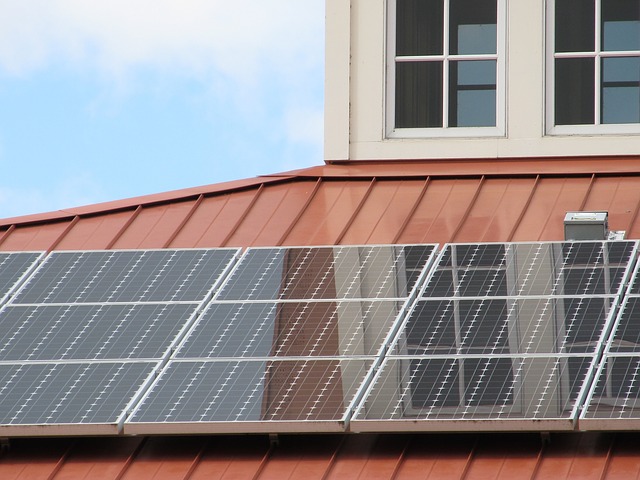
Contributed by Mathew Sachs, CPower
Strained by the double burden of increased demand and more frequent extreme weather events, our grid struggles to provide reliable electricity in many areas of the country – and the challenge will only intensify in the years to come.
The related search for reliable expanded grid capacity has generated buzz about a relatively new term for a solution that has been around for some time: Virtual Power Plants (VPPs). These networks aggregate electricity from customer-owned distributed energy resources (DERs) such as batteries, building management systems, smart home devices, and electric vehicle chargers, then use these assets to help keep the grid balanced by reducing or shifting energy use.
While the term VPP is relatively new, large energy users have been called on to reduce power consumption during times of peak demand for decades. What’s new is the technology advancements enabling greater sophistication and automation, and the exponentially growing base of DERs that can be tapped to expand grid capacity without costly new plants or infrastructure projects. Anything connected to the grid that generates or consumes energy and can respond to a signal can efficiently support grid reliability through VPPs: rooftop solar, smart thermostats, smart water heaters, EV chargers, and more.
A growing body of research has shown that VPPs provide resource adequacy and environmental benefits at a significantly lower price point than other options, such as gas peaker plants and grid-scale battery storage. For instance, a recent Brattle Group study, “Real Reliability: The Value of Virtual Power,” found numerous economic and societal benefits from VPPs. Most notably, the study found that the net cost of VPPs is 40% lower than that of a gas peaker plant, and 60% less than a utility-scale battery storage system. According to the study, VPPs ultimately provide cost savings of $15 billion to $35 billion compared to the alternatives.
Meanwhile, customers enjoy an additional $20 billion in societal benefits over 10 years: faster grid connection, decreased greenhouse gas emissions, increased use of renewable energy, expanded grid capacity for electrification, and greater customer satisfaction. In fact, the study showed that VPPs were the only resource for which societal benefits exceeded cost.
While the benefits of VPPs may seem abstract to the average energy user, VPPs have a very real impact on maintaining energy reliability and customer well-being as extreme weather events become more frequent and severe. For example, a CPower VPP provided more than 50 GWh of load relief during Winter Storm Elliott last December, an amount of energy equivalent to the daily energy use of more than 1.7 million homes, helping grid operators to prevent further blackouts as they managed the impacts of unplanned natural gas generation failures.
VPPs are ready to conquer grid capacity and resiliency challenges faster, more sustainably, and more cost-effectively than ever before – but only if our regulatory frameworks let them.
In many areas, VPP adoption has been hindered by power market regulations that preceded the rise of VPP-compatible technologies. Updating these regulations and resolving questions about how to adequately value these resources and incorporate them into regulatory frameworks would allow customers to play a more active role in cost-effectively managing and optimizing the use of energy resources for greater energy resilience.
What we need now is for regulators and stakeholders to work together on policy, regulatory, and market-based solutions to accelerate the large-scale adoption of VPPs. Regulators can consider modifications to market participation rules that recognize the capacity benefits that VPPs provide to the grid.
One step could be to make it easier for customers to share their data, needed to estimate earnings, monitor performance and finalize payments, with VPP providers. Other solutions include easing aggregation limitations and widening eligibility requirements to reflect the wider spectrum of grid-connected assets available today and updating pricing structures and compensation mechanisms to adequately incentivize VPPs for both DER-owning customers and utilities. Such collaboration between regulators, stakeholders, and customers is the key to achieving a more distributed, flexible, cost-effective, and resilient energy grid.
As the demands of electrification and extreme weather strain the grid, we don’t have to wait to build capacity: we already have the technology and resources to deploy 60 GW of VPPs by 2030, which would meet future resource adequacy needs. VPPs are already helping utilities power through months of heat waves and increased demand—and they could do much more. Regulators can unlock the full potential of VPPs to reduce costs and greenhouse gas emissions while ensuring grid stability when we need it most.
Mathew Sachs is Senior Vice President of Strategic Planning and Business Development at CPower Energy, a national DER monetization and Virtual Power Plant provider.